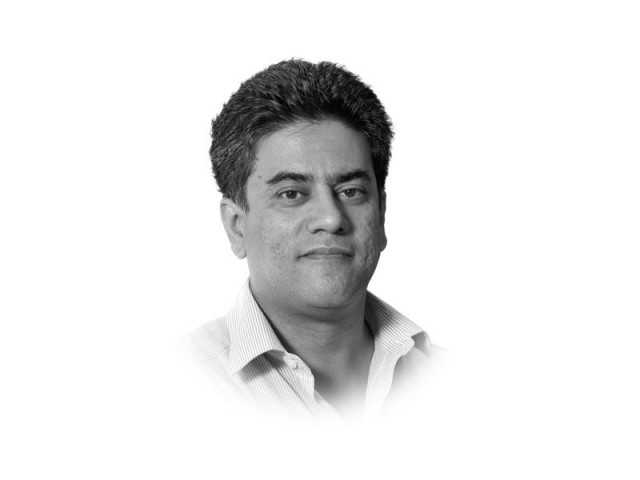RIP Huma Choudhary
Huma Choudhary left a financially rewarding career to enter journalism. For her, photography was a passion.

The writer is Editor of The Express Tribune
I remember meeting Huma for the first time when she came to our Islamabad office for an interview some years back. She had been recommended by our photojournalist, Myra Iqbal, who herself was going to the United States for further studies.
At our paper, we have tried to ensure that on every edition we would have at least one woman photographer. So Huma was shortlisted as it was clear that she fit the slot perfectly.
Our management has been very keen to ensure gender balance at our workplace. Not only do we have a number of capable women on the desk, but many in the field as reporters. By and large, their performance is well above par. Despite double the challenges they face, they perform twice as well.
Like her predecessor, Huma Choudhary had also left a financially rewarding career to enter journalism. For her, photography was a passion. She was serious about pursuing this, despite the fact that photographers in the field are poorly paid and in many instances not given the recognition they deserve.
Ask any of the women photographers who work at our paper and they will tell you the issues they have had to deal with. They have to prove themselves in terms of their work and are taken less seriously, compared to their male counterparts.
In Karachi, photographer Ayesha Saleem has to travel in buses and rickshaws, careful of keeping her camera safe and at the same time fending off all sorts of prying eyes and hands. Nefer Sehgal, one of our first photographers, could afford her own transportation, but the challenges she faced were no less. She would not be given the same access as male photographers present at an event. It was sometimes a challenge for her to complete her assignment.
For Ayesha Mir, another brave young lady who joined our paper as a photographer, the challenges were the same. Her move from Karachi to Lahore only led to more trying conditions.
The bright side in my conversations with all these brave women was that their male colleagues were supportive. They would try and protect them from overly enthusiastic people in the field, advise them against going to certain places and even give them a ride when need be.
For the bubbly Huma, support also came from women work colleagues like Maryum Usman, who covers the prestigious Senate beat, and from another gem in our paper, Maha Mussadaq, who covered the diplomatic beat. Maha quit after having her own close brush with death when in May last year she accompanied a delegation of diplomats that visited Gilgit where one of the helicopters carrying them crashed.
Huma would always try to improve her work and eventually after a number of stories and slide shows, she was promoted from photographer to photojournalist. Looking back I see, she was also the de-facto photo editor of the paper given her input on the selection of photos and her pushing for more work from staffers for publication. She would get upset, like any good photographer, when the desk would take a picture from another source and drop pictures filed by our photographers.
She would have a tiff with the desk over how pictures were used or dropped. But in all this she remained calm and positive. Her colleagues wrote about Huma that both as a photojournalist and as a human being, she approached life with an open spirit and a genuine kindness. Through her lens, she showed the world the beauty she saw through her own eyes. She believed in the best side of people and took great pride in being a Pakistani. To her family, all I can say is that Huma Choudhary has set an example for others to follow. Thank you for letting her live her dreams. We will miss, you Huma - RIP.
Published in The Express Tribune, February 15th, 2016.
Like Opinion & Editorial on Facebook, follow @ETOpEd on Twitter to receive all updates on all our daily pieces.













COMMENTS
Comments are moderated and generally will be posted if they are on-topic and not abusive.
For more information, please see our Comments FAQ